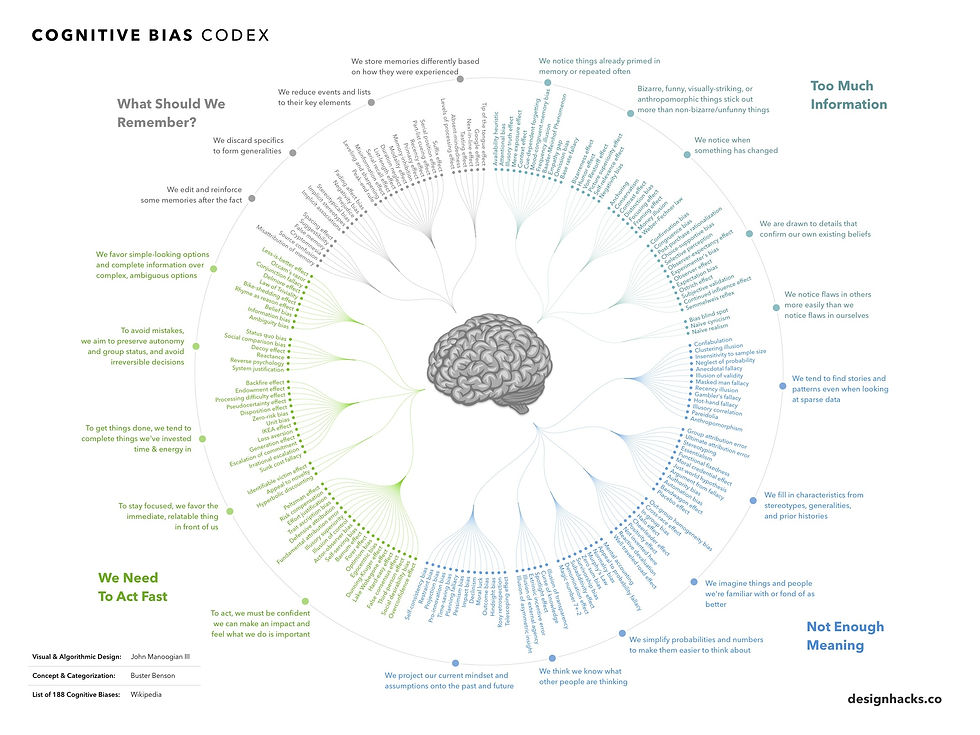TCRE | W1D2: Deepening Understanding of Transformative Colour Resonance Environment
- Jul 24, 2024
- 4 min read
Updated: Sep 23, 2024
Part 1: Optical Poem
After watching the video, I was struck by how intertwined colour and music notes truly are. The video expanded my perception of this relationship, showing me that the interaction between the two is more profound than I initially thought.
The meaning of colour is relatively straightforward: it provides visual cues and evokes emotions. The video effectively used a colour wheel to demonstrate this, making the emotional impact of different colours more apparent.
What stood out to me was how shapes, movement, and intensity also play a significant role in visualising music. This might be the essence of what “resonance” means in this context. By synchronising the beat of the music with the appearance of shapes, the video created a harmonious visualisation. This synchronisation suggests that “there is the sound and there is the source.” The music already resonates with itself, but the addition of visual elements introduces another layer that engages an additional human sense, drawing the audience deeper into the content.
The interplay of red and blue to create contrast adds drama and intensity, especially during high notes. The stark difference between these colours when they flash together heightens the emotional impact, creating a sense of urgency and excitement. This contrast is visually striking and amplifies the auditory experience.
The transformative aspect comes into play with transitions and fading effects. For instance, transitioning to green during high notes creates a seamless shift that mirrors the music’s progression. This transition colour, moving smoothly from one hue to another, reflects the dynamic nature of the music.
In this environment, notes within the initial warm circle seem to “melt” into the surroundings, enhancing the contrast. This melting effect signifies the blending of music with the visual elements, creating a unified sensory experience. The sudden changes, like abrupt shifts in colour or shape, introduce surprises that keep the audience engaged and add an element of unpredictability to the scene.
Instrument shifts are represented by different shapes: circles for strings, squares, and triangles for other instruments. This visual differentiation adds another layer of meaning, making it easier to distinguish between different sounds.
The colours correspond with note pitches, sometimes using double colours for more complex sounds. For example, a high-pitched twinge sound might be visualised as a blue ice cube, adding a tactile quality to the auditory experience.
The number of layers in the visualisation correlates with the number of instruments being played. More layers mean more instruments, each represented by different shapes and colours. This multi-layered approach not only supports the music but also enhances the overall experience, making it more immersive and impactful.
The idea of "sound's colours is supper important for Transformative Colour Resonance Environment.
It’s fascinating to see how the combination of these elements can transform the way we perceive and interact with both colour and sound.
Part 2: Research and study
Melatonin and UV Skin Penetration
Melatonin, a hormone known for regulating sleep-wake cycles, also plays a crucial role in protecting the skin from UV radiation. Research indicates that melatonin can affect the penetration of UV rays into the skin, offering a protective mechanism against UV-induced damage. This protective function is particularly significant for maintaining skin health and preventing conditions such as sunburn and skin cancer.
Time of Day and Light Temperature
The temperature of light, measured in Kelvin, varies significantly depending on the time of day. Morning light tends to be cooler, around 5000-6500K, giving a bluish hue that can enhance alertness and cognitive function. As the day progresses, the light becomes warmer, dropping to about 2500-3000K during sunset, which promotes relaxation and prepares the body for sleep. Understanding these variations can help in designing environments that align with our natural circadian rhythms, enhancing wellbeing and productivity.
Nature’s Colours and Their Impact
The colours found in nature provide us with subconscious cues about our environment. For example, the vibrant green of healthy vegetation signals safety and abundance, while the dull brown of decaying matter can indicate danger or unhealthiness. These colour cues affect our perceptions and emotions, influencing our daily decisions and overall mood. The presence of natural colours in our surroundings can have a calming effect, reducing stress and promoting a sense of wellbeing.
The Limbic System and Homeostasis
The limbic system, a complex set of brain structures, plays a vital role in regulating emotions, memory, and homeostasis. It helps us:
Process and express emotions
Form and retrieve memories
Regulate autonomic functions like heart rate and digestion
Maintain balance within the body (homeostasis)
This system is also integral to our sense of awareness and emotional regulation. It allows us to be sensitive to changes in our environment and internal state, prompting questions like, "I feel different today, do I need to change something?" This heightened awareness can lead to better self-regulation and adaptability.
Limbic Regulation and Limbic Revision
Limbic regulation refers to how our limbic system maintains emotional and physiological stability. Limbic revision involves altering these patterns through new experiences and learning. These processes illustrate how our interactions and environment can reshape our emotional and physiological responses, leading to personal growth and improved resilience.
Sympathetic Resonance
Sympathetic resonance occurs when one vibrating system (like the human body) influences another to vibrate in harmony. In the context of music and sound therapy, sympathetic resonance typically happens near or below 100Hz. These low-frequency vibrations can have a soothing effect, promoting relaxation and reducing stress. Understanding this concept can help in designing therapeutic environments that harness the power of sound for healing and wellbeing.
This research highlights the intricate connections between our environment, sensory experiences, and physiological responses. By exploring these interactions, we can better understand how to create spaces that enhance our health and wellbeing through the transformative power of colour and sound.
Part 3: Thinking about emotions as affects

(Zoom to see detail)


Comments